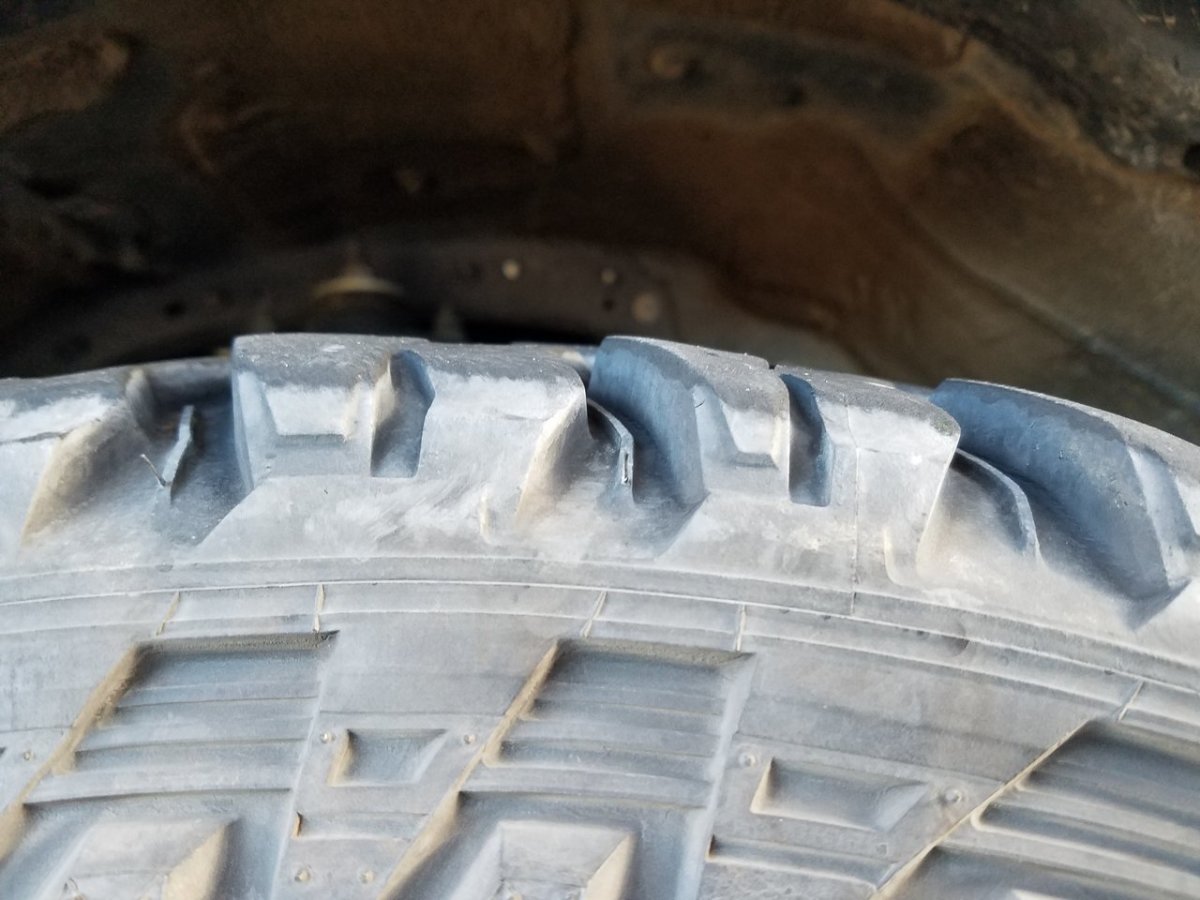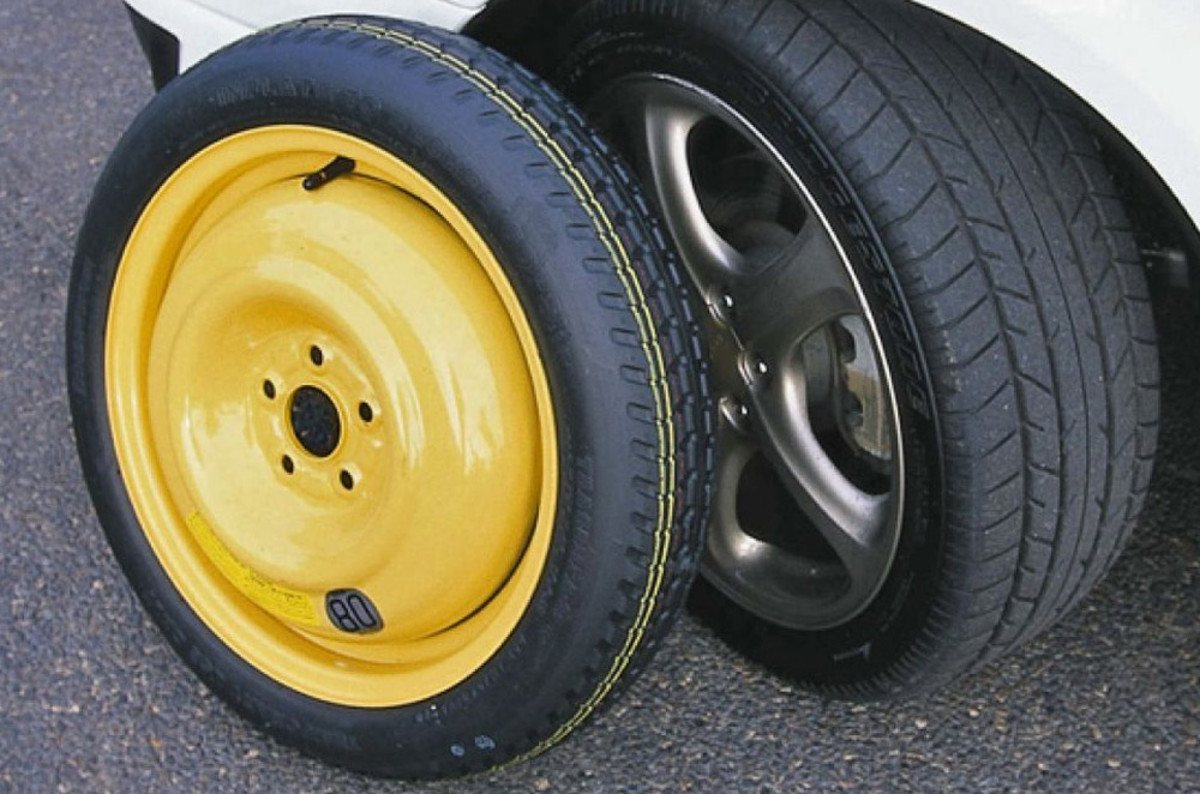Static Electricity Kills

Unexpected Suicide?
Of course, you know I mean accidentally. I wouldn't expect you to do it on purpose, not even if you are suffering from cabin fever, and have been cooped up for months with nothing to watch on television except 6 year old repeats of ‘Baggage Battles’ or ‘Storage Wars’. Not even then. Let’s face it; blowing up a gas station is rather final, and spare a thought for all the innocent people who would go up with you as you and your car explode.
No! Not even if you’ve decided to commit ritual suicide by explosion instead of disemboweling yourself. Not even if you have left instructions that you wish to be cremated, and your family are willing to shovel you up and pour you into the urn.
Of course, you could always blow up the gas station by accident, but by staying alert you can avert your own explosive death, and perhaps the intended suicide of an exhibitionist friend.
Everything, from the zillions of falling flakes of snow to the non-stop snow-ploughs, are made of atoms. Each of the atoms is made of protons and electrons. The protons are + (plus). The electrons are ‒ (minus). Because of this plus / minus interchange, every atom is electrically balanced and happiness reigns.
Transgender Protons?
But, when the atoms become excited by friction, the protons and electrons have a habit of changing sides, much like transgender humans, and begin to over-produce electricity. You can see an example of this excitement by either brushing your hair quickly or rubbing your hand over your head – your hair will stand on end as each negative and positive hair try to get as far away from each other as fast as possible.
This is known as static electricity - ‘static’ because it isn’t going anywhere, especially to earth.
Normally, this doesn’t make much difference, especially in warmer weather when there is more humidity in the air, as the humidity tends to ground your personal electrical charge. It’s as if you have your own personal three pin earth plug. But in really, really dry weather; such as Canada in winter, there is no path to earth and the electricity builds up in your body.
Natural materials like wool or cotton do a good job of conducting electricity, but most clothing is synthetic, and does not conduct electricity. The result of this non conductivity can be dramatic. When you pull your acrylic sweater over your head – not only will it cling and crackle; it can also zap you with your own personal lightning bolt - painfully at times. Scuffing your synthetic slippers over a woolen rug will have the same effect. (According to Jeopardy March 2018, scuffing your slippers across a rug can generate 20,000 volts - slightly more than I expected.)
What has this to do with self immolation or explosive suicides?
A Groundless Fear?
A lot, especially if you are making that excited transgender electricity in a car. Sliding across a seat to open the passenger door creates a heck of a lot of power. Turning around in your seat to retrieve an object, like a blanket, from the rear seat causes more power than you would believe. Even adjusting your butt generates power.
So what? So you are not grounded. Your vehicle is sitting on rubber tyres and there is no path to earth. You are completely insulated. You are building up a phenomenal surge of electricity, perhaps 2,000 to 3,000 volts with nowhere for it to go.
What’s going to happen to that static; where will it discharge? It will discharge through you, and if you simply step out of the car, you will zap the first person or item you touch, giving you one helluva jolt as those volts are grounded.
There are various methods of ensuring the power is grounded before you step out of the car. After opening the door you can hold on to the door for a couple of seconds before allowing your feet to touch the ground; this allows your static build up to dissipate throughout the vehicle and not still be confined to your body.
Alternatively, you can take a metal object, like your ignition key, and touch the metal of the door before stepping out. Personally, I tend to push the door open with my elbow and then hold on to the metal part of the door; there is still a discharge but it’s through my hand, not a fingertip.
Still don’t see what this has to do with suicides or explosive exits?
If you find the static discharge to be extra painful it might be a good idea for you to fit an anti-static strap to your car. The idea is that the strap is fitted to the bumper, so that as you drive it will touch the ground now and then, and dissipate the electrical charge. The straps mostly come with safety strips built in. They work very well, but do tend to wear away quickly.

Grounding to Earth
Consider the same build up of static as you pull up beside a petrol pump at a gas station. You very carefully discharge the static build up before touching the gas pump and you are feeling pleased with yourself. You begin to fill the car up with gas before realizing that you’ve left your purse/wallet, in the car.
Unthinking, you lock the gas nozzle in position, stretch back into the car, slide across to retrieve your purse from the passenger seat and slide back out generating electricity as you do so – you go to unlock the nozzle and…. BOOM…….where’s that urn?
Now that the possibility of being blown up has been brought to your attention, scan your memory for any friends who you think would relish this exhibitionist means of shuffling off this mortal coil – and make a mental note to never be a passenger in their car. Not only that, pay more attention to strangers at the pumps – you may be able to prevent an accidental explosion.
(A more sensible idea, especially in North American winters, is never to frequent a self-serve gas station – always go to a full service one.)
The Petroleum Equipment Institute has investigated a number of these gas pump fires to find out how much static electricity has had to do with them. Their website makes interesting reading.
N.B. It is possible for this type of Kamikaze exit to happen in hot and arid parts of the continent, but if you live in Eire, don’t panic. In Ireland the winters are as damp as the summers; as they say in St. Patrick’s isle, ‘rain, what rain? That’s not rain, that’s tomorrow’s Guinness.’








